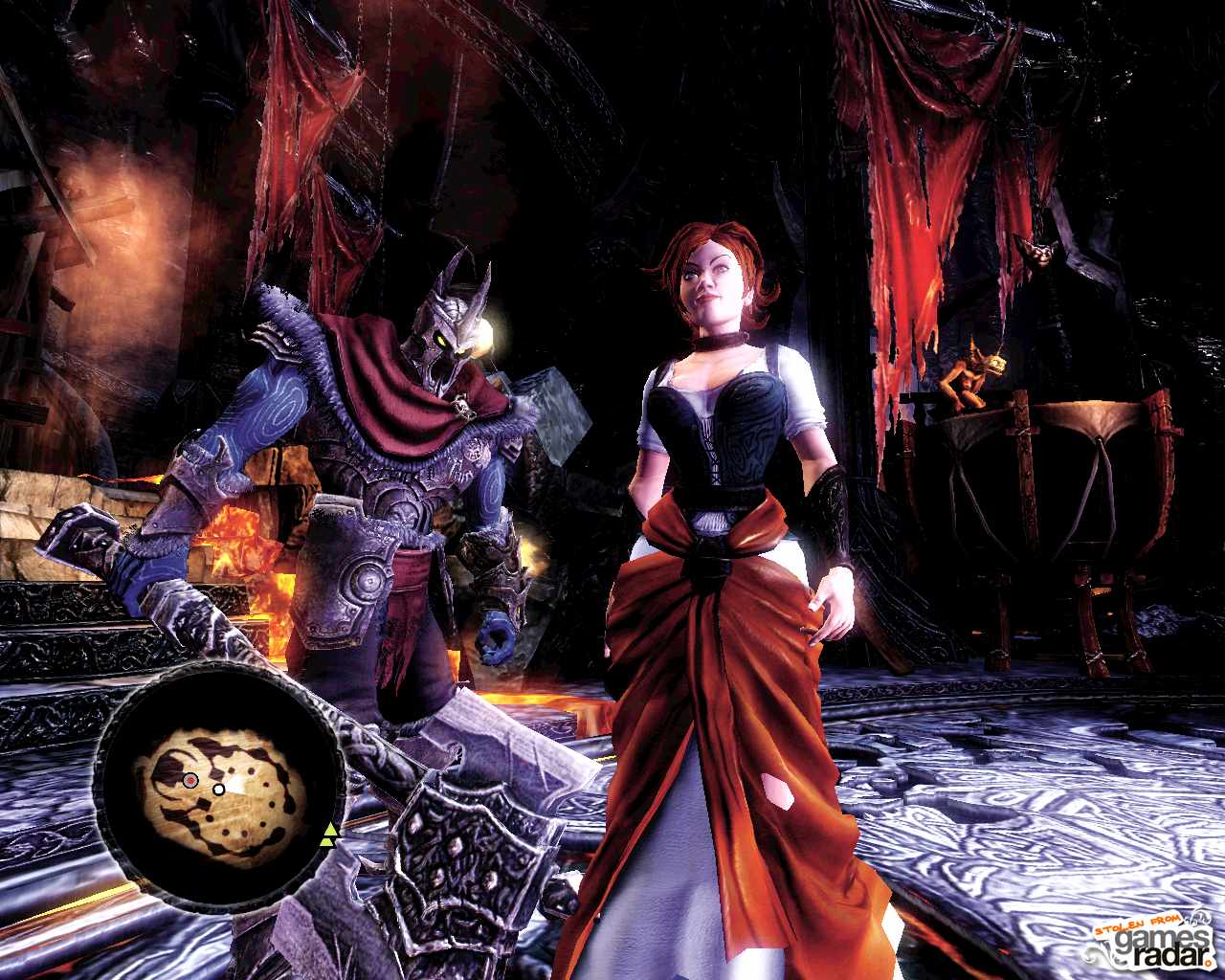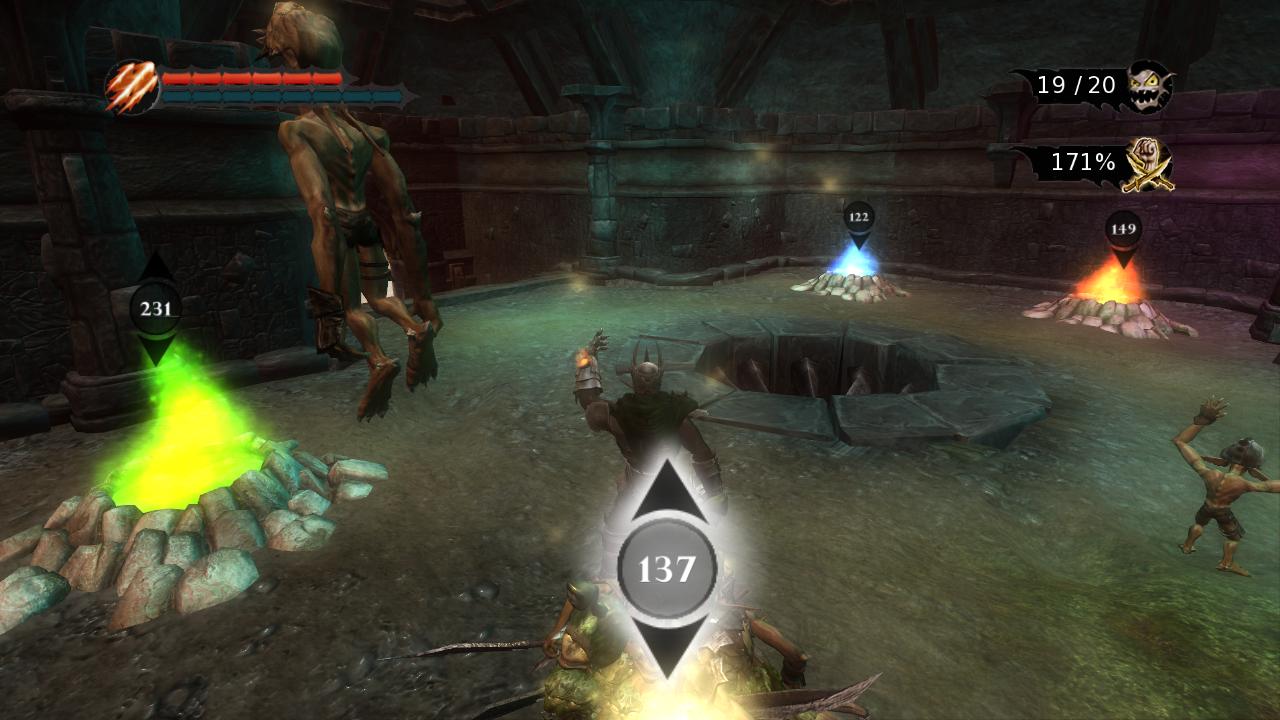

While modern scholars have used such imagery to characterize Federico as irrationally besotted with his mistress, I argue that he purposefully constructed an identity around concepts of tortured subjectivity and ardent love that were circulating in Mantua and abroad. Erotic and poetic images at the palace were intended to provoke discourse and facilitate masculine homosocial bonding, while the many allusions to Federico’s burning desire for his mistress cast the Mantuan ruler as a man ennobled by his tormented love. Contrary to a body of scholarship which interprets the building as a hedonistic pleasure palace intended to serve as a meeting place for Federico II Gonzaga and his mistress, I argue that Federico used the Palazzo Te to construct a masculine identity based on Petrarchan notions of love.

This essay re-examines Giulio Romano’s Palazzo Te (1525-1536) in light of Renaissance attitudes towards masculinity, eroticism, and love. While theirs was not the predominant path, it should not be ignored or forgotten in studies of gender roles and social values within the Italian Renaissance. While noblewomen could wield great power through their husbands and sons, ruling city-states in their names, mistresses found an alternative path to power.

Overall, this work concludes that honor and chastity were not the overarching rule in Renaissance Italy. This permitted mistresses to perform an important service for which they were handsomely compensated. Demographic studies also suggest that the high rate of child mortality in the fifteenth century encouraged a prince to have an abundance of illegitimate children. These sources reveal that mistresses in fact wielded much influence within the courts of their princes and their status could even affect the ability of their children to inherit. It also examines the last testaments of princes, which determined the status of their illegitimate children within the succession in comparison to legitimate heirs. The analyses of art and literature celebrating mistresses-whether commemorative medals, frescos, architecture, portraiture, or poetry-are a large part of this work. Historical chronicles have proved to be an indispensable source in the writing of this work, revealing much about the lives of these women. The lives of such women as Isotta degli’ Atti, Elisabetta Aldobrandini, Bianca Pellegrini, Lippa degli’ Ariosto, Stella del’ Assassino, Giovanna de’ Roberti, Caterina degli’ Albaresani, Camilla della Tavola, Maria Anna di’ Roberti, Isotta degli’ Albaresani, and Laura Eustochia Dianti are also analyzed in varying degrees of detail. It examines the mistresses of the Malatesta of Rimini, the Rossi of Parma, and the Este of Ferrara. This work examines the lives of mistresses within the Italian province of the Emilia-Romagna, predominantly during the fifteenth century. Mistresses also obtained great influence, being celebrated in a very public manner in art and literature, and in some rare cases they wielded political power. Families sacrificed the honor and chastity of their daughters to the lusts of their princes in order to gain power and influence.
#Overlord ii mistress present code#
While family historians have concluded that a code of honor and chastity dominated Italian Renaissance society, this work demonstrates that in fact such was not always the case. Reimer Master of Arts in History San Diego State University, 2012 Gender studies have rendered few detailed scholarly analyses of the significance of mistresses in Italian Renaissance city-states. ABSTRACT OF THE THESIS Ladies, Concubines, and Pseudo-Wives: Mistresses in the Courtly Culture of the Emilia-Romagna of Renaissance Italy by Tanya M.


 0 kommentar(er)
0 kommentar(er)
